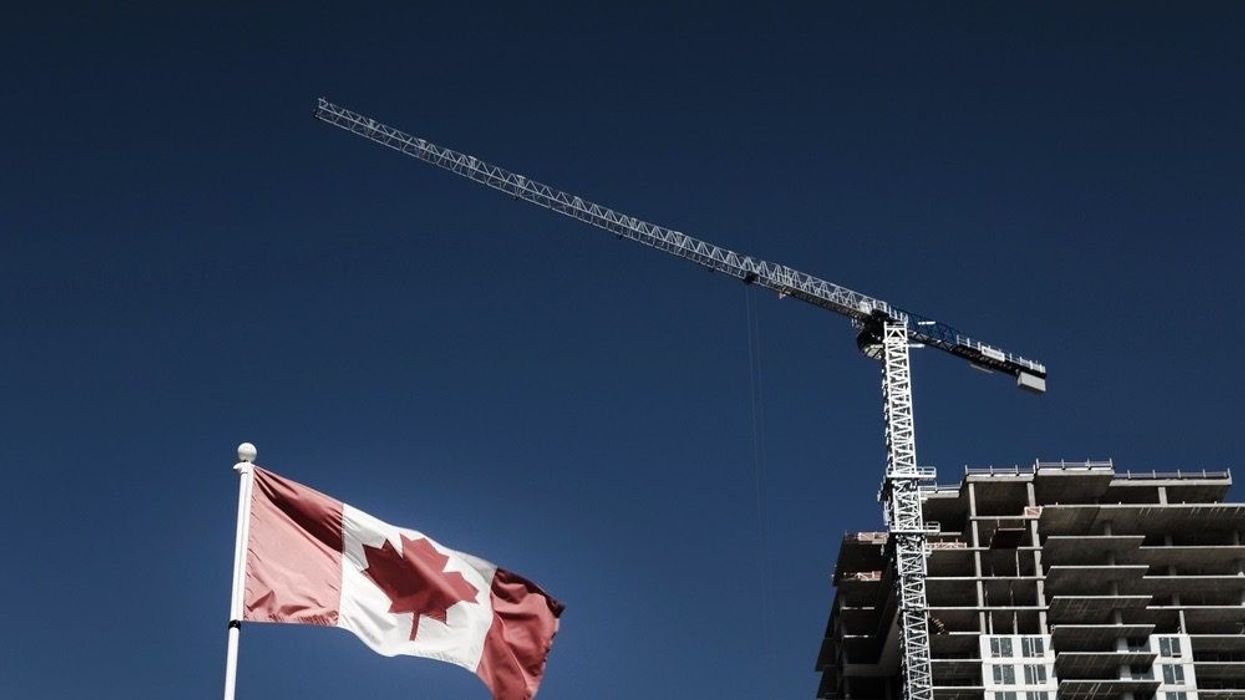In addition to the relentless pandemic, climate change, and societal divisions, rising inflation is giving Canadians something else to worry about.
Confirming that nobody is imagining climbing household bills, Statistics Canada (StatsCan) recently announced that the consumer price index (CPI) in August jumped 4.1% from a year earlier and is up from 3.7% in July.
This surge marks the largest jump that Canada has seen since March 2003.
Naturally, this is cause for some concern. Well above the Bank of Canada’s target rate of 2%, the pace of price hikes was quicker than experts and analysts had expected.
“Since the onset of the COVID-19 pandemic, durable goods have been a major contributor to the increase in the CPI. Durable goods rose at a faster pace in August (+5.7%) compared with July (+5.0%), with passenger vehicles (+7.2%), furniture (+8.7%) and household appliances (+5.3%) contributing the most to the increase,” reads the StatsCan report.

In August, inflation was also largely driven by fuel and home prices. Year-over-year, gasoline prices rose 32.5% in August, and increased 0.4% month-over-month from July. Meanwhile, home prices rose 14% year-over-year for August, marking the largest yearly increase since September 1987, says StatsCan.
“The increase in prices mainly stems from an accumulation of recent price pressures and from lower price levels in 2020,” writes StatCan.
On the bright side, it’s been suggested that the inflation spike is pandemic-driven and will subsequently be temporary. “Inflation is rising in some areas,” says Scott Blair, Chief Investment Officer, CWB Wealth Management. “Some of it is transitory due to supply chain issues or surging demand in some areas that are emerging from the pandemic. A lot of these issues are likely transitory and hard to predict, as coming out of a global pandemic is something no one has experience with.”
Temporary or not, the impacts of inflation are influential across the board. This is especially true in notoriously pricey cities like Toronto and Vancouver, where keeping a half decent roof above your head eats up more of the precious pay cheque relative to other parts of the country.
Inevitably, the less well-off households feel the impacts of inflation the hardest because it consumes more of their income, especially when costs spike for essential needs, like food, fuel, and shelter. After all, pandemic-inspired rent freeze programs have come to an end. And food prices continue to rise at rates that some, like Sylvan Charlebois, a researcher and professor in food distribution and food policy at Dalhousie University, question may be actually significantly higher than StatsCan’s figures.
Canada’s Food Price Report 2021 predicts annual food expenditure could go up by as much as $695 compared to 2020. Yikes.
“Where we need to be concerned is on the lower wage earner space,” says Blair. “These are the people that have been hit the hardest from COVID and are in the bottom line of the K-shaped recovery. The increase in housing costs (rent or own) is a huge concern here.”
Also vulnerable to inflation are small to mid-sized businesses, many of which are still in recovery mode in the wake of pandemic-inspired lockdowns. “With the average consumer in great financial shape due to generous stimulus through the pandemic, we think many businesses will be able to pass along some of the price increases,” says Blair. However, he points to a lack of labour as a bigger issue for small and mid-sized businesses.
“Many businesses are unable to find workers, which is leading to reduced operating hours or lower outputs, as well as higher wages,” says Blair. “Once wages rise, it's almost impossible to bring them back down, so that’s a permanent increase in the cost to the businesses that will have an impact on small business.”
Some businesses will soon have no choice but to raise wages. The Ontario government recently announced that minimum wage would increase by 10 cents from $14.25 to $14.35 per hour. Whether or not slightly rising wages is enough to offset inflation figures remains to be seen.

On the real estate front, Blair says that the market is reacting as one would expect. “Wealth has gone up during the pandemic due to stimulus, which is not something most people saw coming at the start of this situation,” he says. “Rates have gone down. There are more jobs available than workers to fill them. It’s the perfect storm for house prices to move up. We shouldn’t be surprised.”
Blair says we should expect elevated housing costs for as long as this situation persists.
“It doesn’t mean they will continue to rise at a breakneck pace, but it’s hard to see prices coming off until rates normalize or employment opportunities fall away,” says Blair. “Neither situation is on the horizon.”
When it comes to the future of inflation, it’s a tricky one to predict. “There is so much uncertainty out there as we get through the pandemic. The situation is fluid,” says Blair.
“Predicting economic data is hard at the best of times, but almost impossible now. Expect choppy inflation results but generally higher than we have been used to in recent years. Right now, 2022 looks to be a little higher than what we’ve seen in recent years with 2023 more normal.”
Here's to hoping.





















